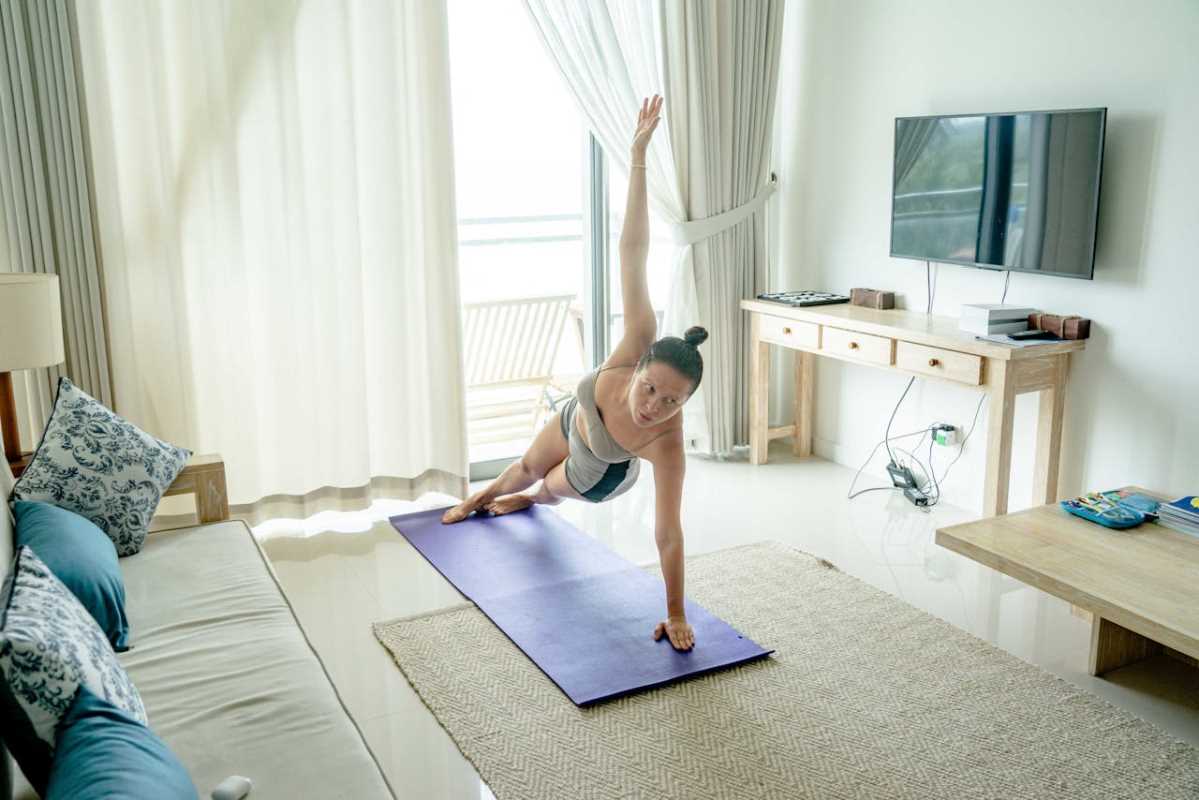Recovering after surgery can feel challenging, but incorporating Pilates into your daily routine can make a significant difference. With its gentle movements, Pilates helps you gradually regain strength, improve your balance, and find moments of calm as you heal. These exercises focus on supporting your body as it repairs itself, making the process smoother and more comfortable. As you start to feel prepared, consider trying a few of the suggested exercises to aid your progress and promote a sense of well-being throughout your recovery. With patience and regular practice, you may notice positive changes in your mobility and overall comfort.
Recovery can be slow and difficult, but connecting to your body through controlled movements makes the process smoother. With clear instructions and practical tips, you can explore these Pilates techniques with confidence as you work on regaining your strength.
Benefits of Pilates for Post-Surgery Recovery
Engaging in Pilates after surgery offers benefits for both physical and mental well-being. It improves core stability, flexibility, and circulation while reducing tension and boosting mood. This balanced approach helps you perform daily activities more easily as you recover.
The benefits you might experience include:
- Improved core strength, which supports better posture and reduces back pain
- Enhanced flexibility and balance, helping you avoid falls
- Reduced stress and better control of your breathing during recovery
- Increased blood flow to healing tissues, supporting faster recovery
- Boosted confidence through gentle exercise and mindfulness of movement
Precautions Before Starting Pilates After Surgery
Before you begin any exercise routine after surgery, taking safety measures is essential. Consulting your healthcare provider ensures you choose appropriate movements and avoid any complications. By following these precautions, you help prevent injury and support a smoother transition back to fitness.
Keep these safety guidelines in mind:
- Consult with your doctor or physical therapist to get the green light for exercise.
- Start with gentle movements and avoid any exercises that cause discomfort or pain.
- Focus on controlled and slow movements rather than quick, strenuous ones.
- Always warm up and stretch before starting your routine to prepare your muscles.
- Listen to your body and take breaks as needed, staying aware of any signals of fatigue or strain.
Top Pilates Moves To Enhance Recovery
Integrating gentle Pilates moves helps restore your strength and flexibility during recovery. Below is a list of specific Pilates exercises that might be helpful. Explore these routines gradually and adjust the intensity as you gain confidence.
Try these moves carefully:
- The Hundred – Lie on your back with your knees bent and feet flat on the floor. Engage your core and lift your head and shoulders slightly off the floor. This move helps increase circulation and warms up the body.
- Leg Circles – Lying on your back, extend one leg toward the ceiling while keeping the other leg bent. Slowly draw circles in the air with the extended leg. Leg circles strengthen the hip muscles and improve joint mobility.
- Roll-Up – Lying flat on your back, slowly roll your body to a sitting position and then back down. This move stimulates your abdominal muscles and encourages flexible movement in the spine.
- Modified Plank – From a kneeling position, extend your body slightly forward with your hands on the floor. Keep your core engaged and maintain a straight line from head to knees. This exercise builds upper body strength and stability.
- Side Kick Series – Lying on your side, gently lift and lower your top leg. This series works the hip and outer thigh muscles without putting too much strain on your lower body. Also, explore these Pilates moves for creative variations that might work better for your recovery.
How to Integrate Pilates Into Your Recovery Routine
Finding the right balance in your recovery routine takes time and persistence. Start with shorter sessions and gradually increase the duration as your strength returns. Planning a routine with designated days for exercise allows you to build consistency without overexerting yourself.
Create a schedule that fits your pace. For example, try a 10-to-15 minute session a few times a week and slowly incorporate these exercises into your daily routine. Tracking your progress and noting any improvements can boost your motivation and help you customize future workouts to your changing needs.
Tips for Progress and Motivation
Staying motivated during recovery can sometimes be difficult. Continuing to do gentle Pilates routines may improve your focus and morale. Use strategies that make exercising feel part of a routine rather than an obligation.
- Set small, achievable goals that lead to gradual improvements in strength and flexibility.
- Record your progress in a journal or simple log, noting small victories.
- Celebrate each milestone, whether it's completing a full session or feeling an increase in mobility.
- Invite a friend or family member to join you in a light session for extra support.
- Mix up your exercises occasionally to keep the routine interesting and fun.
Incorporating these carefully chosen movements into your daily routine can create a sense of normalcy and give you a structured path toward recovery. Combining consistent practice with mindful rest allows your body the time needed to rebuild strength and confidence.
Small steps matter. Remember that recovery is a personal journey, and each movement you take helps rebuild your body and spirit.
Pilates can play a crucial role in supporting recovery after surgery. Taking the time to learn and practice these movements carefully might just help you regain control over your physical health while easing everyday activities.
Consult your healthcare provider for personalized exercise guidance. Stay committed and positive as you build strength and well-being.
 (Image via
(Image via





